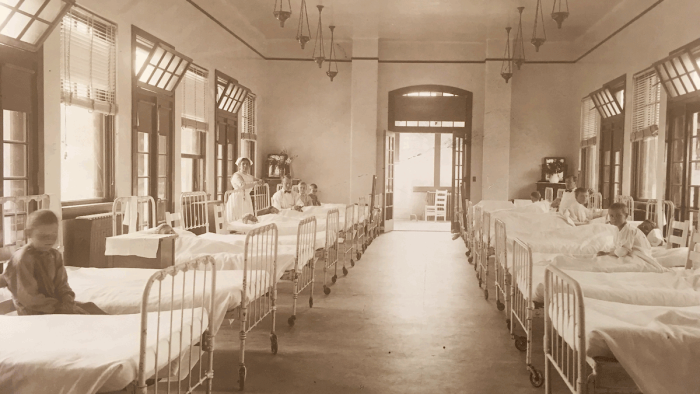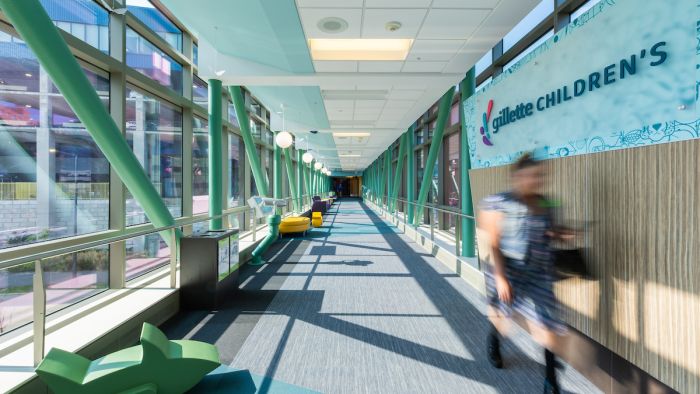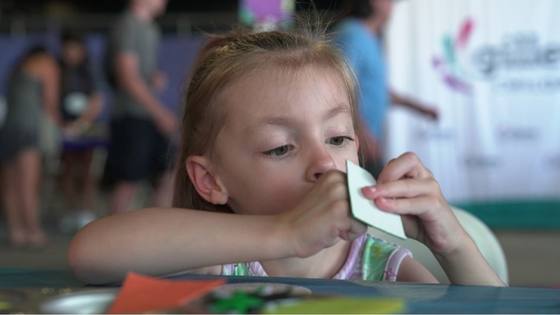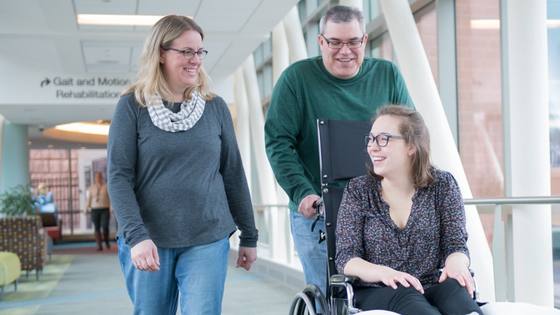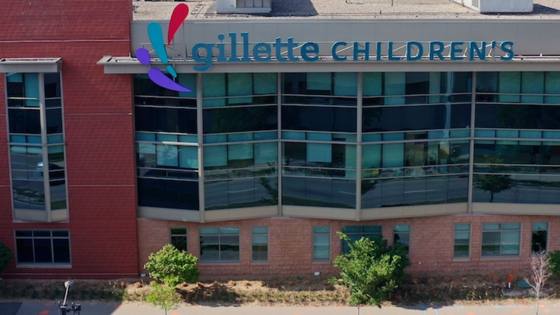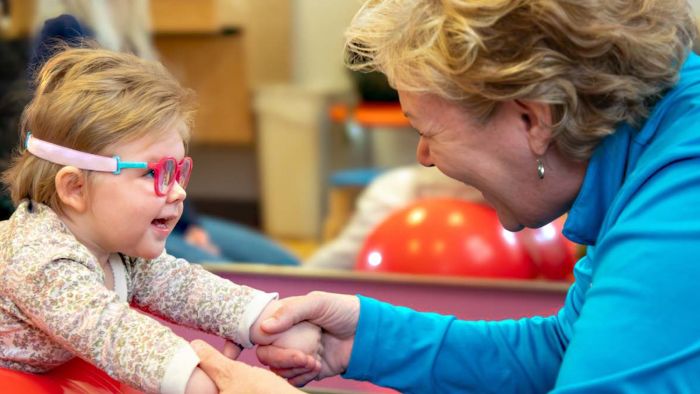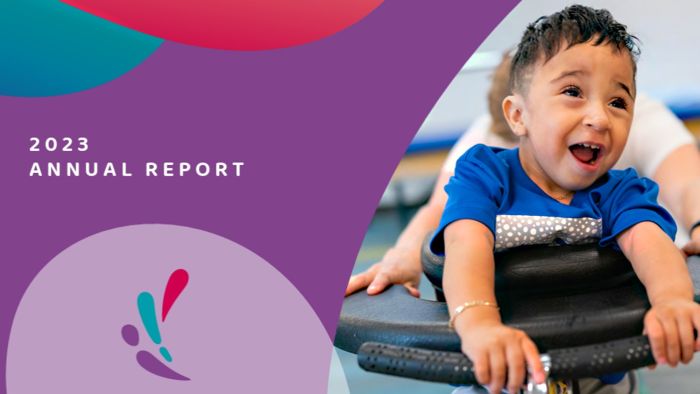About Gillette Children's
Children who have disabilities and complicated medical needs have been at the center of Gillette’s mission since 1897. We are always ready to consult on any case, from the simplest concerns to the most complex. Our experience ranges from cerebral palsy and epilepsy to spina bifida and hydrocephalus.
Gillette collaborates with primary care physicians with one goal in mind: to support the full value of every child. With innovative medical and surgical intervention and the support of compassionate health care professionals, children can thrive and live happy, healthy, productive lives.
We find the reasons and solutions for brain, bone and movement conditions so that your child and family can move forward. Learn more about how we’ve set the standard of care for those facing challenging childhood conditions.
 Home Page
Home Page

